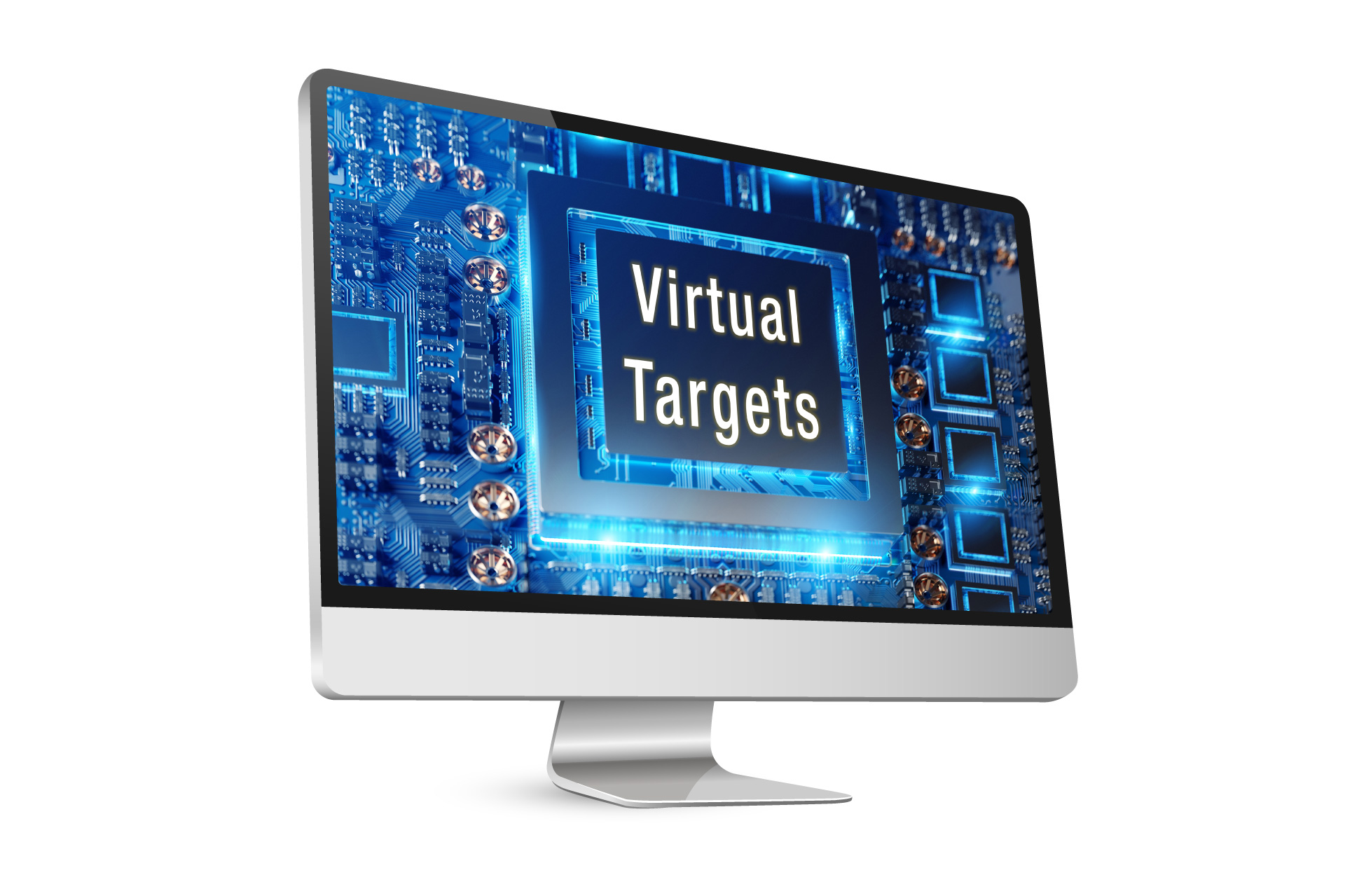Debugger for Simulators, Emulators and Virtual Targets

Shorten the Design Cycle with TRACE32
Development cycles are getting shorter and shorter. It is essential to discover and debug issues as soon as possible. TRACE32 tools can connect to various simulators, emulators, and virtual targets. You can reuse the scripts generated in this phase throughout the entire product life cycle because the user interface and scripting commands stay the same from simulations through use in the field by your customers. This will enable you to find bugs earlier in the cycle, lowering costs and getting your product to market quicker.
TRACE32 + 3rd party tools = Efficiency
You can leverage your existing development environment of your choice with TRACE32 PowerView. Thanks to the wide variety of APIs that TRACE32 supports, TRACE32 connects to almost every simulator, emulator, and virtual platform environment.
Test your software without the target
The seamless use of virtual or emulated targets with TRACE32 allows you to test your software while target hardware resources are in development or limited. This gives you the confidence to know your software will work when the hardware arrives.
Consistent user experience
TRACE32 PowerView GUI offers you the same debugging experience in simulations that you will have when your real hardware is on your desk. Due to our tool-agnostic concept, you will have the same TRACE32 user experience independent of your target – virtual or physical. Reusing work results, test scripts, and the ability to test between emulation and real hardware will speed up development with the real target.
Test your SoC before tape-out
You can connect TRACE32 to a gate-level Emulation. If you use our GTL API, TRACE32 uses the same software stack as in our PowerDebug system. This allows you to verify your SoC design, including debug and trace features.
Reduce risks. Meet requirements.
Find the most suitable SoC for your embedded project before starting hardware development, designing the target, or PCB. TRACE32 allows you to check project requirements using virtual prototypes of various SoCs.
See the Full List of Supported Emulators and Virtual Targets
TRACE32 Has You Covered
Covering as many technologies as possible is part of Lauterbach's main philosophy. To make this possible, TRACE32 supports a number of generic interfaces for connecting to the platform of your choice.
